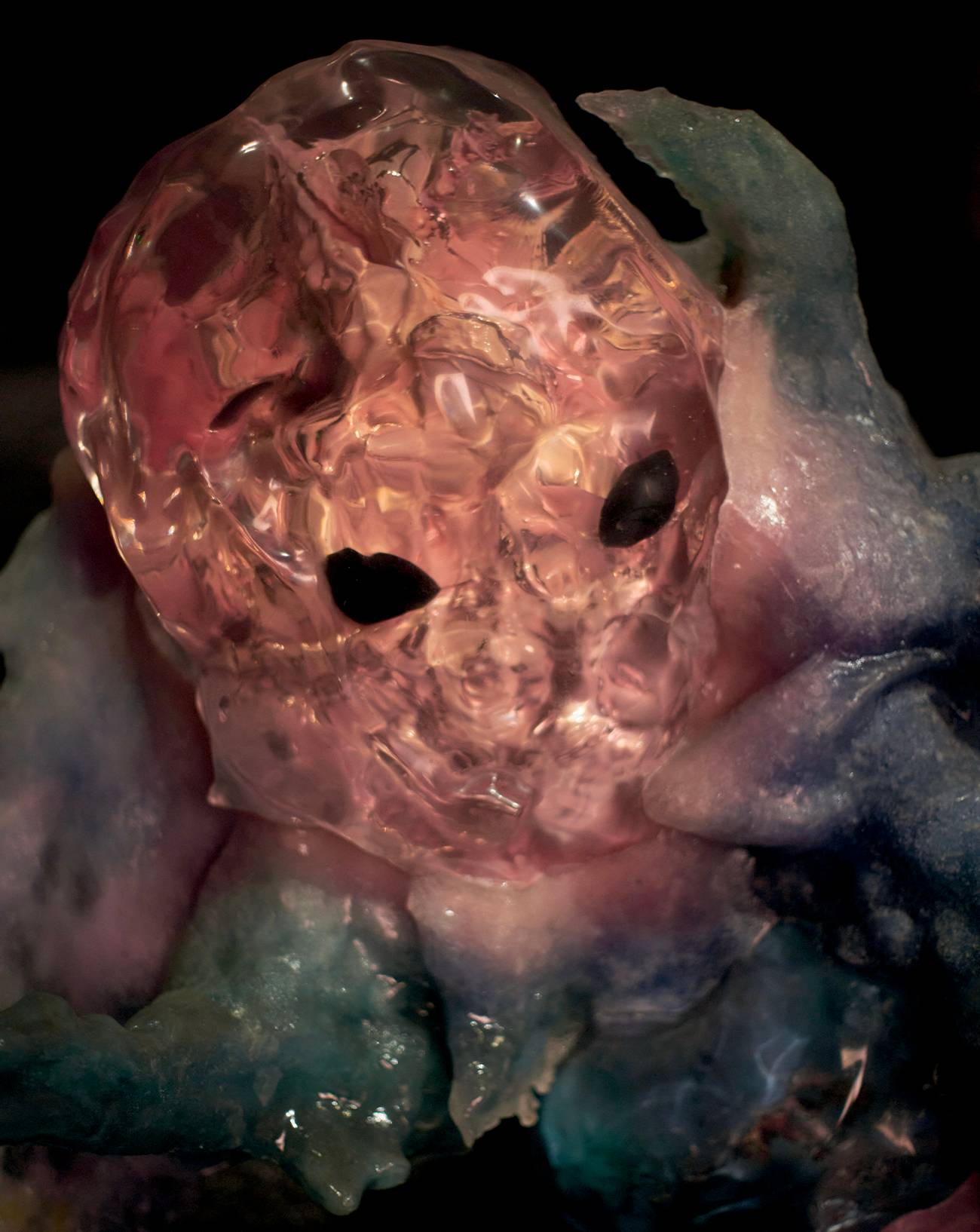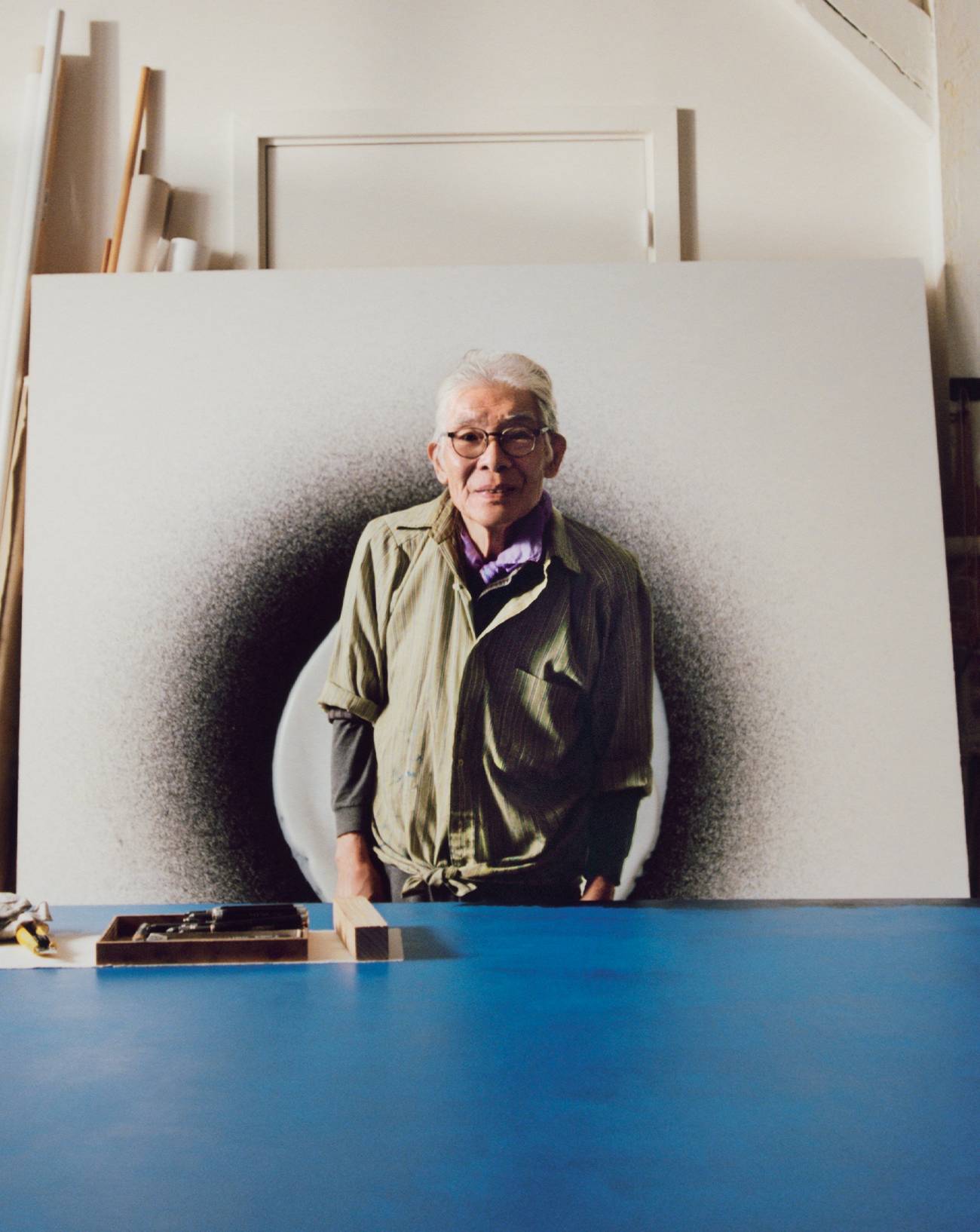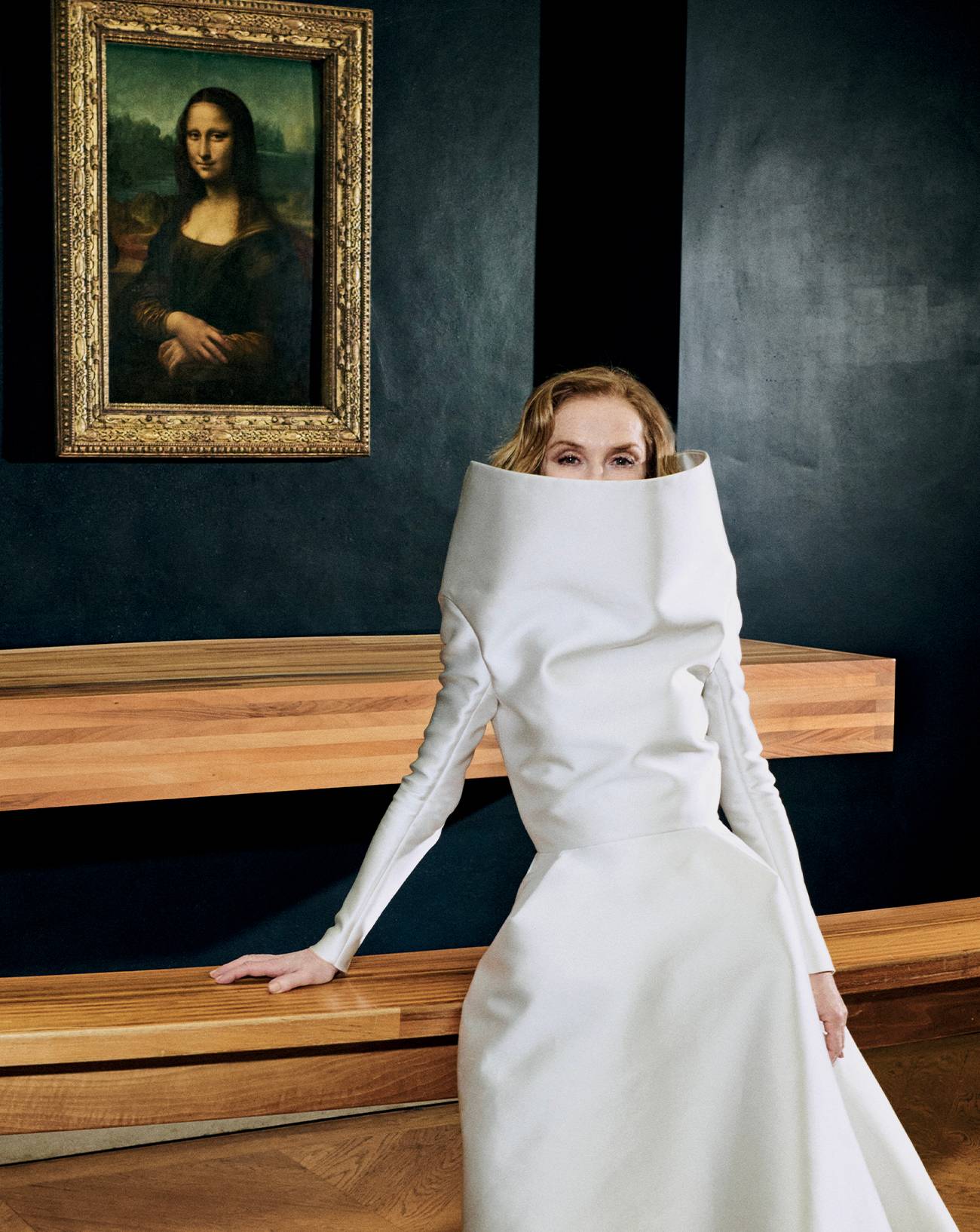What's so marvellous about successful retrospectives of great masters is that they teach us as much about their work as what it takes to become a great master. The current show at the Palazzo Grassi in Venice dedicated to German artist Sigmar Polke (1941-2010) focuses on this major painter as an alchemist of colour, shape and material… revealing Polke's genius in this regard. Experimentation runs through his work from the 1960s, becoming even more evident in the 80s. The show looks at his establishment as a pop artist: the diversion of the photograph used as a source for his tableaux. It also considers his use of unusual tools - the photocopier and sanding machine - in the creation of his paintings. And not forgetting of course the inspiration derived from his use of mind-altering drugs in the 1970s. But it's his original materials that's perhaps the most fascinating. You could spend your entire time at the exhibition just perusing the extraordinary plates within the frames that read like a strange and cryptic poem: casein, enamel, spray, malachite, resin, lacquer and various pigments, silver oxide, ink, mica ferrous… It's a true laboratory. With Polke the incessant quest for new colours and new effects is not only a way of reinventing painting, but also a means of bringing his art alive. The videos shown in Venice are truly enlightening. We witness the painter in action facing his canvas, blowtorch in hand, like the true artisan that he was. We see colours filmed in close ups running like rivulets of magma over his monumental tableaux. The result, whether it’s a figurative or abstract painting (with Polke the two often blend) is always as mysterious as it is wild.
Another characteristic of major artists is to keep something back. The canvas reveals as much as it hides. His Message de Marie-Antoinette à la Conciergerie (1989), from a series devoted to the French Revolution, appears initially as a majestic work of abstraction. But the closer you get the more you notice these granular effects. In fact the tableau was pierced using a needle to reproduce a code sent by Marie-Antoinette to the Count Fersen. For Polke painting is a theatre of mysterious shadows, a grand décor that sometimes requires us to peep behind the scenes. In fact showing the other side of the work is exactly what the Palazzo Grassi proposes in its atrium, where the Axial Age (2005) are installed, these gigantic translucent canvases where a yellowish liquid becomes purple through exposure to the sun. Perfect examples of alchemy in action. Here in the atrium, for once, you can actually walk around the paintings and observe the backs…which are as interesting as the fronts. The painter often painted both sides of his canvas to achieve effects of transparency. Occasionally you can even perceive the stretching frame. It's almost like Polke was constantly reminding us that while painting can be transcendent it still remains nothing more than canvas and wood. While magic is at work, never be fooled. The theme of theatre often takes centre stage in his paintings. In 2005 Polke did two works that complete each other, one being the negative of the other. There are tiny painted figures representing the characters and animals of a circus. As was his way, he projected recuperated images onto enormous canvases in order to reproduce them with his own hands, often at night. An image he would select according to colour and motif that he would then integrate fully into his own composition.
While we can recognise a great artist by their audacity and irreverence (towards their art, through their ability to test limits, towards themselves and their dexterity at never repeating themselves), their ability to speak about our era is just as important. And at this Polke excelled. Very early on he became interested in comics and Hollywood magazines. But his sources were numerous and his culture nothing short of encyclopaedic. With every possible irony he attacked these images that invaded the mass media. He questioned their value and meaning. He embraced current affairs, often hijacking them. His Without Title (Repose before the Flight into Egypt) uses this biblical theme to broach the delicate question of refugees. Who are the current children of Israel fleeing to Egypt? Are we any more humane with them today? Through this exhibition conceived by Guy Tosatto and Elena Geuna for the Pinault collection, through his spiritual and sacred spheres and mastery as an alchemist, Polke delivers his definition of art. It's an invitation to dream and to reflect on the world. A magical place of permanent metamorphosis.
Sigmar Polke, at the Palazzo Grassi, Venise, until November 6th 2016.














